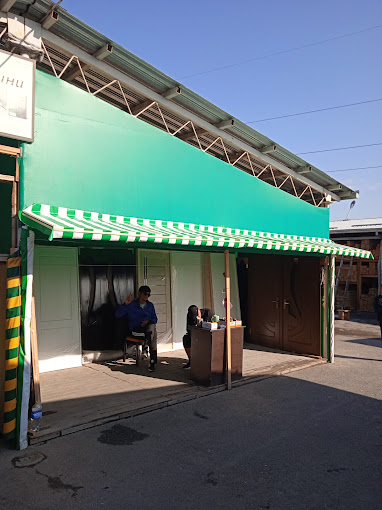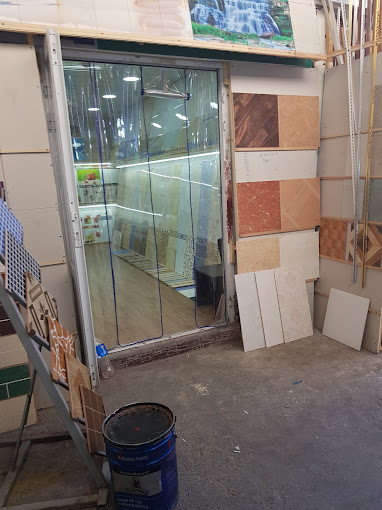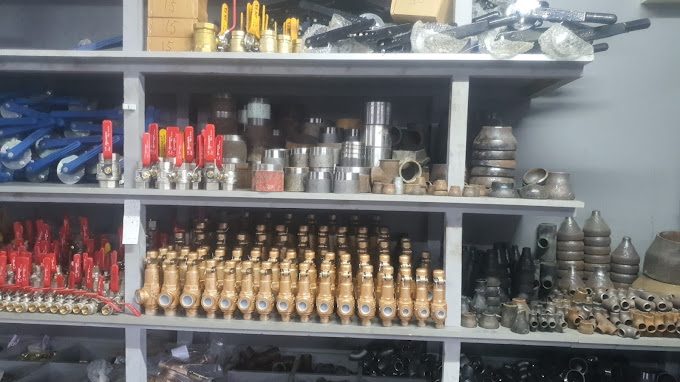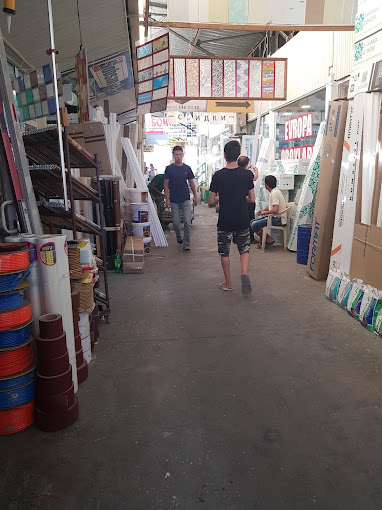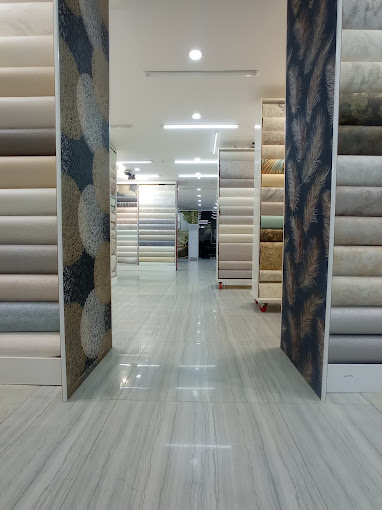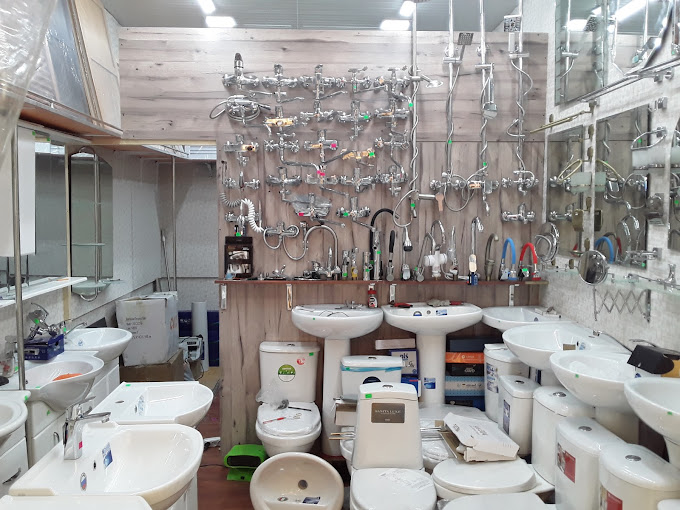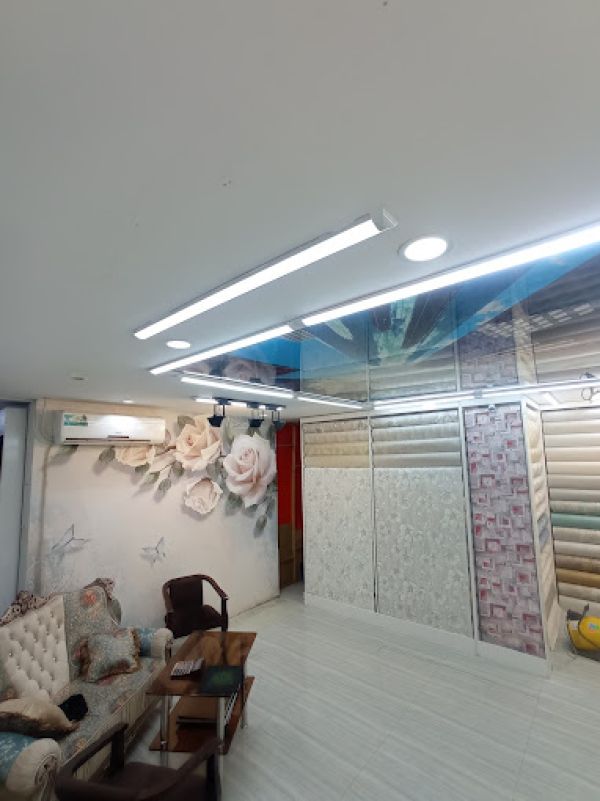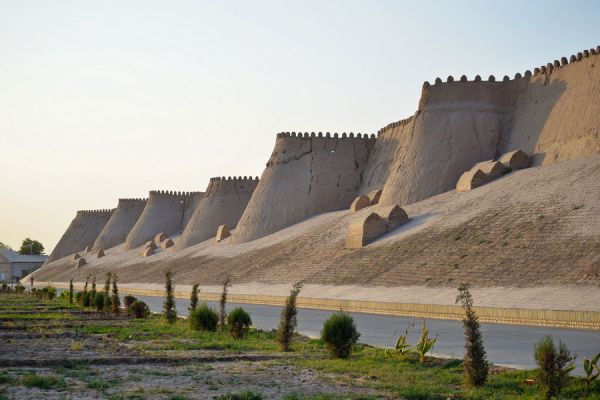Kuylyuk Bazaar
Kuyluk Bazaar or Kuyluk Bazaar is one of the largest food markets in Tashkent. It was built in the Soviet years and expanded over time — now it occupies not only the area under the roof, but also near the building.
The place for construction was chosen for a reason — the intersection of the Bektemir highway and the TKAD connects the urban and rural parts. Across the river there are fields and vegetable gardens, and after that there are multimillion—dollar residential areas. That's why there are so many farmer sellers who keep land nearby. The products are always fresh, and the selection is huge, and the prices are lower than the store prices.
The main structure is made with motifs of traditional architecture: three arched bases are connected by rectangular passages. The roof is translucent made of glass and thin metal beams. The structure is mounted on supports in the form of beams, with counters lined up between them.
The Tashkent authorities are talking about the necessary reconstruction, as well as the relocation of the landmark outside the city. They are also going to make a shopping center here, but to preserve this flavor and the opportunity to bargain. No exact dates have been set for perestroika.
Assortment of the Kuyluk market
The market square is divided into a closed and an open area. There are licensed pavilions, and local farmers come to trade, and organize small benches on the ground or folding tables. There are tents and whole trucks with vegetables, fruits, nuts and similar products in large bags in the fresh air. They are sold in bulk — in large batches. Anyone can buy it, and then sell it at retail or use it for personal purposes.
Gardeners are sitting next to large entrepreneurs with crops from their garden. They don't pay the rent, and they create the counters themselves. Stalls with household items, pet supplies, clothing, building materials and basic necessities are open in some places.
The rows in the building are divided into departments: meat, dairy, fruits and vegetables, bakery products, dry cereals, seasonings, etc. Refrigeration equipment is installed for perishable goods. Most of the fresh products are locally produced. Sometimes there are stalls with the usual store assortment.
Visitors are advised to come here during the harvest season of grapes, pomegranates, watermelons, etc. There will be the largest selection in the city. Tourists are given food to sample for free. After shopping, you can go to small cafes on the same territory, where they prepare traditional cuisine from the goods they bought there: kebabs, pilaf, salads, etc.
